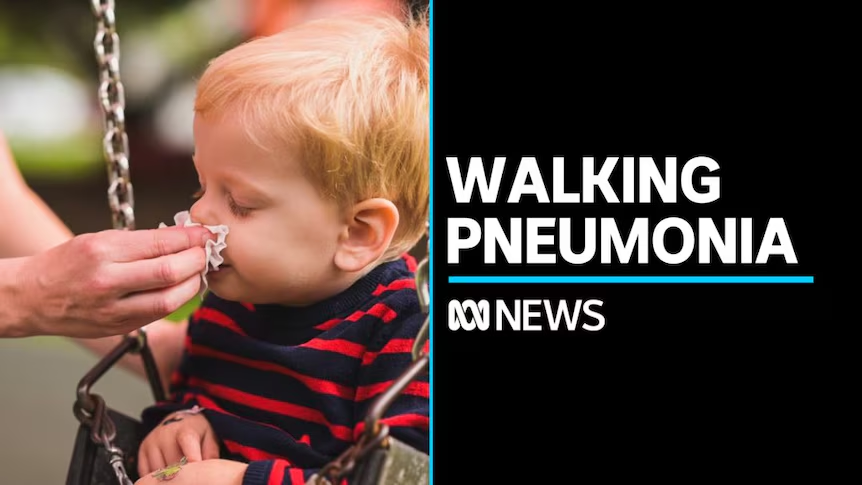September 26th Every year on September 26th, the world comes together in a celebration that reinforces the important interaction that exists between environmental health and human welfare. The International Federation of Environmental Health (IFEH) launched World Environmental Health Day in 2011, reminding people of the intricate connection between the state of our planet and our health. Every year, this celebration becomes essential with every passing year, as every new year now comes with climate change, pollution, and food safety as challenges to health and survival.
This year for World Environmental Health Day, 2024, the theme focusses on “Environmental Health: Creating Resilient Communities through Disaster Risk Reduction and Climate Change Mitigation and Adaptation.” The theme emphasizes the importance of strengthening communities to withstand health risks from climate and natural disasters.
The link between environmental health and human health
Human health and the environment go hand in hand. Clean air, pure drinking water, nutritious food, and adequate sanitation are absolute imperatives for human survival and well-being. Disruption or impairment of these resources can have disastrous consequences for public health. Polluted air causes respiratory diseases, contaminated water leads to waterborne diseases, and compromised soil impacts food safety. This further makes climate change a pressing global issue in terms of environmental health.
In fact, this is the main purpose of World Environmental Health Day—to raise awareness about such linkages and increase efforts by people, governments, and other organisations to reduce that environmental damage. If we protect the environment, then we can restrict the spread of diseases in many parts of the world, reduce the effect of natural disasters, and bring healthy communities around the world.
Environmental health challenges
The last two or three decades have seen environmental health challenges increase in intensity. In many places, rapid urbanization, industrial growth, and deforestation are alarming signs of environmental degradation. Air pollution, water shortages, and the loss of biodiversity are common occurrences all around the world.
For instance, air pollution is a crucial public health problem. The World Health Organization estimates that outdoor air pollution causes millions of early deaths. Cardiovascular and respiratory diseases are primarily associated with it. Water scarcity and contamination present another crisis affecting most people. It threatens the lives of many people, especially in developing countries where there is limited access to clean drinking water.
Climate change exacerbates the problems by altering the planet’s normative weather and ecosystems. The immense global warming results in rising heatwaves, floods, and storms everywhere. All these put pressure on the public health system. Tropical diseases such as malaria and dengue fever expand their boundaries owing to climate change.
Children: The Most Vulnerable to Environmental Health Threats
In line with the year’s theme, children are particularly vulnerable to environmental health hazards. Children are more exposed to the risky impact of environmental hazards because they have less mature immunity and body systems than adults. They have less resistance to infections and exhibit health problems caused by polluted air, contaminated water, and toxic chemicals. Furthermore, unsafe conditions in the home or school expose children to an increased risk of accidents.
There is therefore a greater need to undertake preventive measures against such risks involving children. National governments and organizations should formulate policies that minimize children’s exposure to unfavorable environmental factors. Better air quality, safe drinking water, and better sanitation facilities could protect the health of future generations.
The role of local health departments and governments
Governments and local health departments have many pressing roles in curbing environmental health issues. Only policies that benefit environmental sustainability and public health can help address the numerous challenges that today’s world faces. To form healthier communities, there is a need to invest more effort in using clean energy and reducing carbon emissions in the environment, as well as improving air and water quality standards.
It enables local health departments to educate their communities about the importance of environmental health. They can inspire people to participate in efforts for a healthier environment by raising public awareness about the riskiest and largest issues in environmental health, including climate change, unsafe food, poor-quality water, and vector-borne diseases.
There are also a plethora of resources to support these efforts. Organisations such as the Centres for Disease Control and Prevention (CDC) and the World Health Organisation (WHO) offer toolkits and educational material that local health departments can utilise to advocate for environmental health literacy. Organisations, such as the National Association of County and City Health Officials, provide meaningful access to fact sheets, mentorship programs, and best practices databases that help environmental health professionals improve their work.
Building Resilient Communities
Resilience forms the foundation of World Environmental Health Day’s theme. Resilience refers to the ability to prepare for and recover from environmental health risks associated with climate change, either as a direct result of a natural disaster or long-term exposure to the effects of environmental change. Building resilience entails efforts to reduce the impact that the risk might make on public health, such as establishing disaster response plans, infrastructure, and investments in sustainable technologies.
Building a resilient community involves climate change mitigation and adaptation. Mitigation promotes the decrease of greenhouse gas emissions and guarantees energy self-sufficiency, while renewable energy sources must accompany the deceleration of climate change. On their part, adaptation strategies may involve enhancing infrastructure that can withstand extreme events, thereby enabling communities to better adapt to the ongoing changes.
Local health departments can make a huge difference in making communities more resilient. They can make a difference by initiating climate change programs, engaging with the public on disaster preparedness, and reducing health risks through environmental challenges. For instance, the NACCHO fact sheet “12 Steps to Operationalise Climate Change Programs in Local Health Departments” creates a checklist that the local health department can use to ensure their climate change initiatives are a success.
Conclusion: Our responsibility to protect the environment and public health.
World Environmental Health Day reminds us all of our collective responsibility to protect the very planet with which we share. Challenges abound, but so do the opportunities for change. Creating awareness through advocacy for stronger environmental policies and investing in sustainable technologies may contribute to building a healthier world for future generations.
Let us remember today that protecting the environment is not just saving some ecosystems but, much more, protecting human health. Together, we can do a lot working towards a future in which clean air, safe water, and a healthy environment will be available for all of us.




